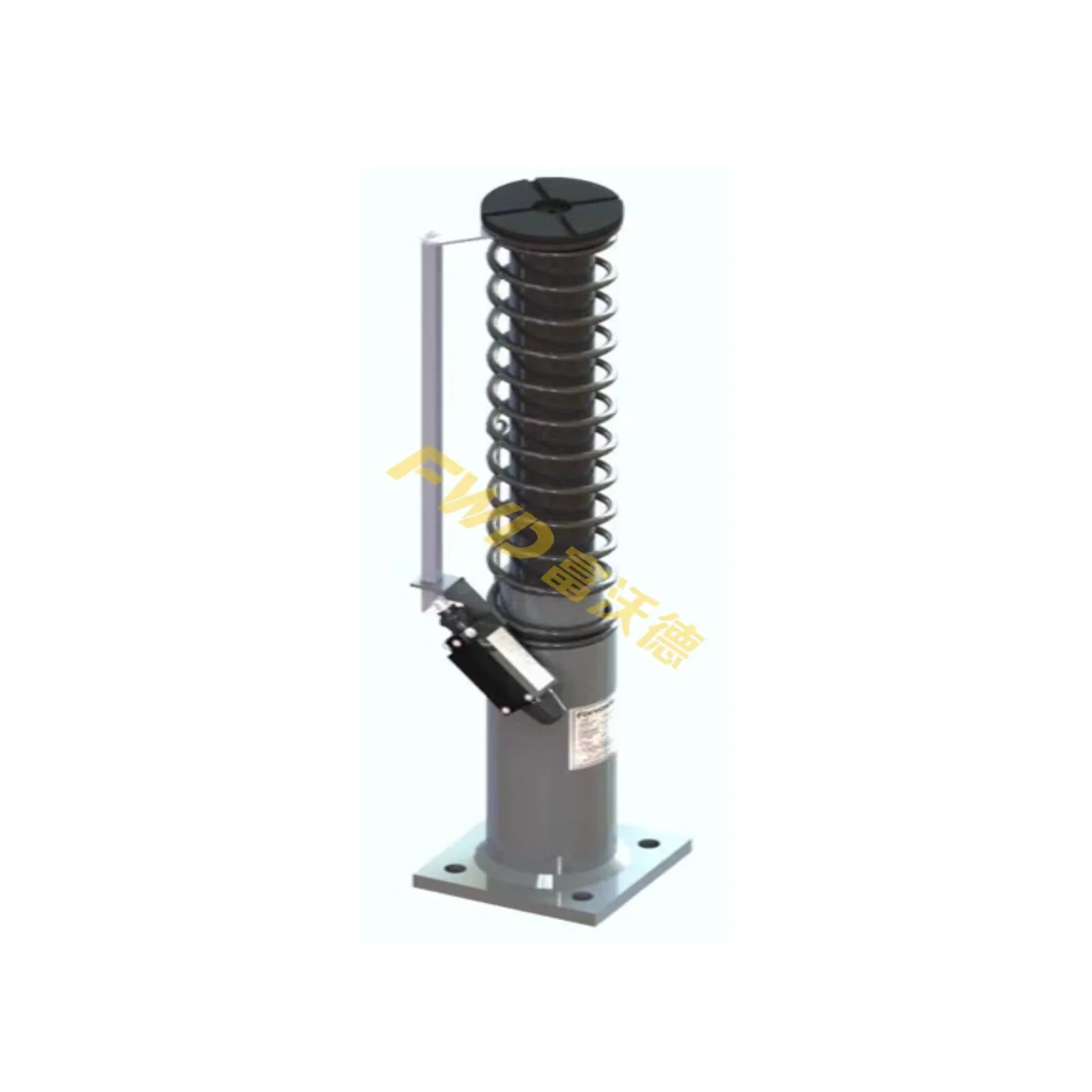The consumer electronics industry stands at the crossroads of innovation and mass personalization. From smartphones and wearables to smart home devices and virtual reality headsets, consumers increasingly demand products that are not only functional but also uniquely designed to suit their preferences. To meet this expectation, manufacturers are turning to advanced fabrication technologies, and one of the most promising among them is Selective Laser Sintering (SLS). SLS custom parts are redefining how consumer electronics are conceptualized, prototyped, and produced, offering unparalleled flexibility, structural integrity, and aesthetic freedom.
What Are SLS Custom Parts?

SLS custom parts are components produced using the Selective Laser Sintering technique, a subset of additive manufacturing (3D printing) that uses a high-powered laser to fuse powdered materials layer by layer. Unlike other 3D printing methods that require support structures or are limited by geometric constraints, SLS enables the creation of intricate, load-bearing parts with complex internal geometries, high surface fidelity, and excellent mechanical properties. In the context of consumer electronics, these advantages allow designers and engineers to move beyond traditional constraints, producing everything from internal brackets and heat-dissipating structures to aesthetically appealing, ergonomically designed casings.
The Role of SLS Custom Parts in Prototyping and Product Development
One of the most critical phases in the development lifecycle of consumer electronics is the prototyping stage. This stage bridges the gap between conceptual design and mass production, enabling engineers and designers to validate mechanical integrity, user interaction, component fitment, and overall aesthetics. Traditionally, prototyping has relied heavily on CNC machining or injection molding. While these techniques are proven and capable of producing high-fidelity parts, they come with significant drawbacks—namely, high costs and long lead times, particularly when multiple design iterations are required.
SLS custom parts revolutionize this process by removing the need for tooling and enabling the creation of complex geometries directly from CAD files. This digital workflow significantly reduces both time and expense, particularly for low-volume or one-off parts. Teams can generate functional prototypes of enclosures, battery holders, sensor mounts, or internal support structures in a matter of hours, not days or weeks. These time savings are crucial in fast-moving industries where rapid innovation and shorter development cycles can offer a significant competitive edge.
In addition to speed, the quality and realism of SLS custom parts are unmatched in the additive manufacturing space. Unlike traditional 3D printing technologies that may produce brittle or dimensionally inconsistent outputs, SLS employs a powder bed fusion method that results in strong, isotropic parts. When manufactured using materials such as nylon PA12, PA11, or carbon-fiber-reinforced polymers, these components can withstand substantial mechanical loads, thermal fluctuations, and impact stress—making them ideal for real-world testing. Furthermore, elastomeric materials can be used to simulate rubber gaskets, button membranes, or flexible housings, enabling complete functional assemblies that closely emulate production-ready units.
This ability to prototype using production-grade materials means that design flaws, tolerance mismatches, and ergonomic issues can be identified and corrected early in the process. It also allows product development teams to perform environmental and durability testing under near-final conditions, greatly increasing confidence in the final design before investing in mass manufacturing. For both startups aiming to validate MVPs and global enterprises refining flagship devices, SLS custom parts offer an invaluable tool in reducing risk and accelerating time-to-market.
Selective Laser Sintering is reshaping how consumer electronics are designed, developed, and delivered. With its unmatched combination of speed, strength, design freedom, and customization capability, SLS custom parts are not only enabling rapid innovation but also supporting sustainable, user-centric product strategies. As market expectations evolve and competition intensifies, manufacturers who adopt and master SLS technology will find themselves better positioned to create the next generation of smart, beautiful, and personalized consumer devices.
https://www.fulllinking.com/product/Selective-Laser-Sintering-SLS.html
www.fulllinking.com
Full-Linking


